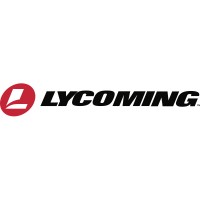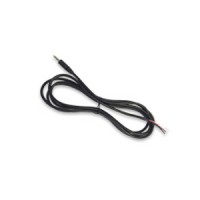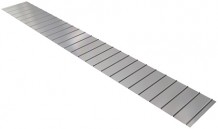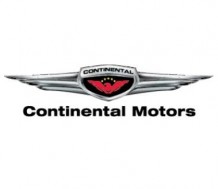THE AVIATION SUPERSTORE FOR ALL YOUR AIRCRAFT & PILOT NEEDS | 877-4-SPRUCE
P-3C Orion (Low-Vis Gray) Model
$225.95/Each
Part# 13-10554
MFR Model# AP03LVTR
MFR Model# AP03LVTR
Overview
|
The Lockheed P-3 Orion is a four-engine turboprop anti-submarine and maritime surveillance aircraft. In February 1959, the United States Navy (USN) awarded Lockheed a contract to develop a replacement for the aging P2V Neptune. The P-3 Orion, initially designated P3V, was based on Lockheeds successful L-188 Electra airliner and had its maiden flight on November 1959. It is primarily operated by the USN, the Japan Maritime Self-Defense Force, the Royal Australian Air Force and the Republic of Korea Navy. Despite its high performance, the P-3 has not been adapted into gunship, ground attack or aerial refueling tanker roles. Since its production in July 1962, it has had three major models: the P-3A, the P-3B and the P-3C. Paint schemes have changed from overall postwar blue, to white and gray in the 1960s and low-vis gray in the 1980s. The last P-3 Orion aircraft rolled off the production line at the Lockheed plant in April 1990. The P-3 Orion has been serving as the Navys frontline, land-based maritime patrol aircraft since the 1960s. It still remains the USNs sole land-based anti-submarine warfare aircraft. Its long range and long loiter time have proved to be invaluable during Operation Iraqi Freedom as it was capable of viewing the battlespace while instantaneously providing that information to ground troops, especially the US Marines. |
WARNING: Cancer and Reproductive Harm - www.P65Warnings.ca.gov. |
Q&A
Please note, Aircraft Spruce's personnel are not certified aircraft mechanics and can only provide general support and ideas, which should not be relied upon or implemented in lieu of consulting an A&P or other qualified technician. Aircraft Spruce assumes no responsibility or liability for any issue or problem which may arise from any repair, modification or other work done from this knowledge base. Any product eligibility information provided here is based on general application guides and we recommend always referring to your specific aircraft parts manual, the parts manufacturer or consulting with a qualified mechanic.


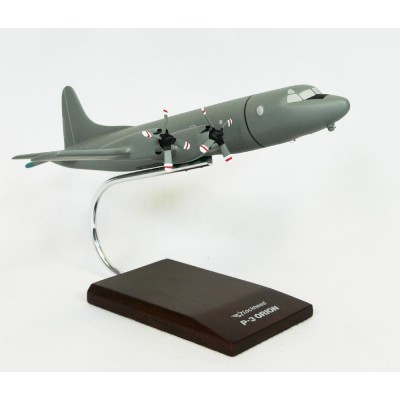





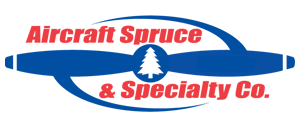 FREE Shipping
FREE Shipping

